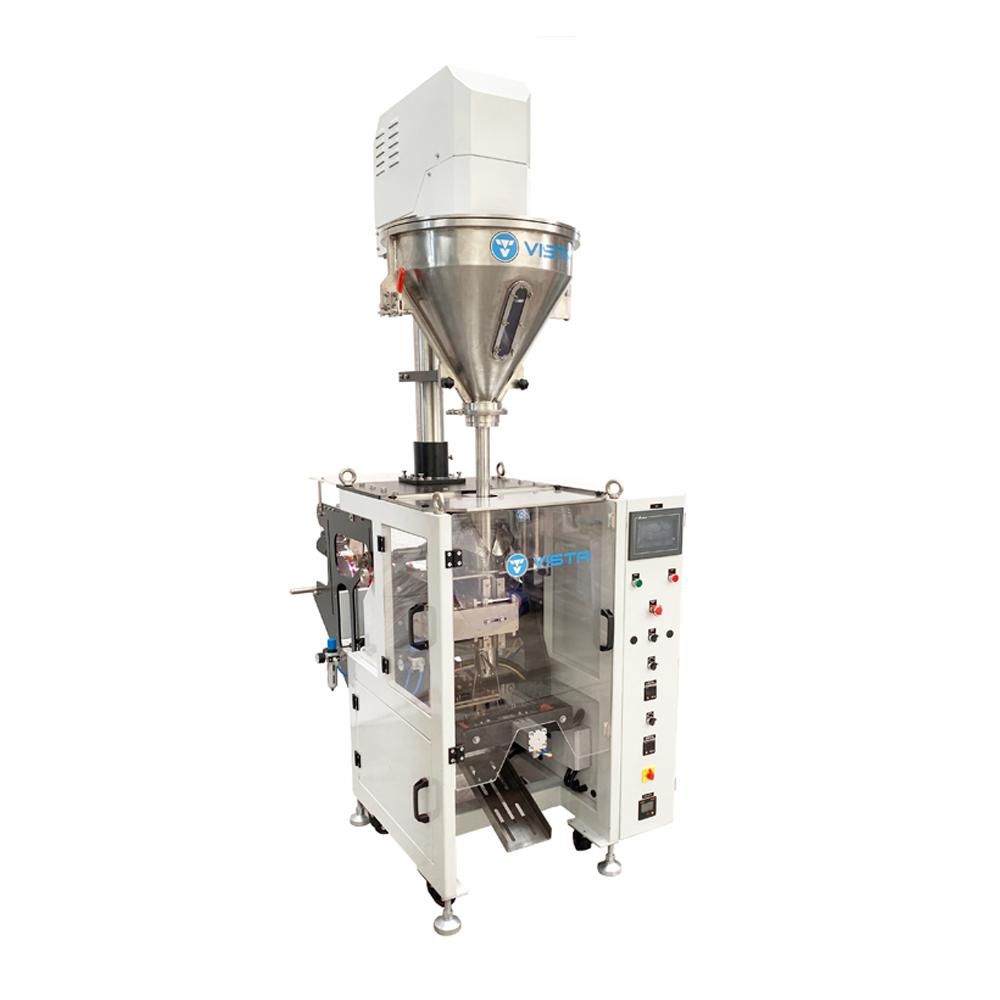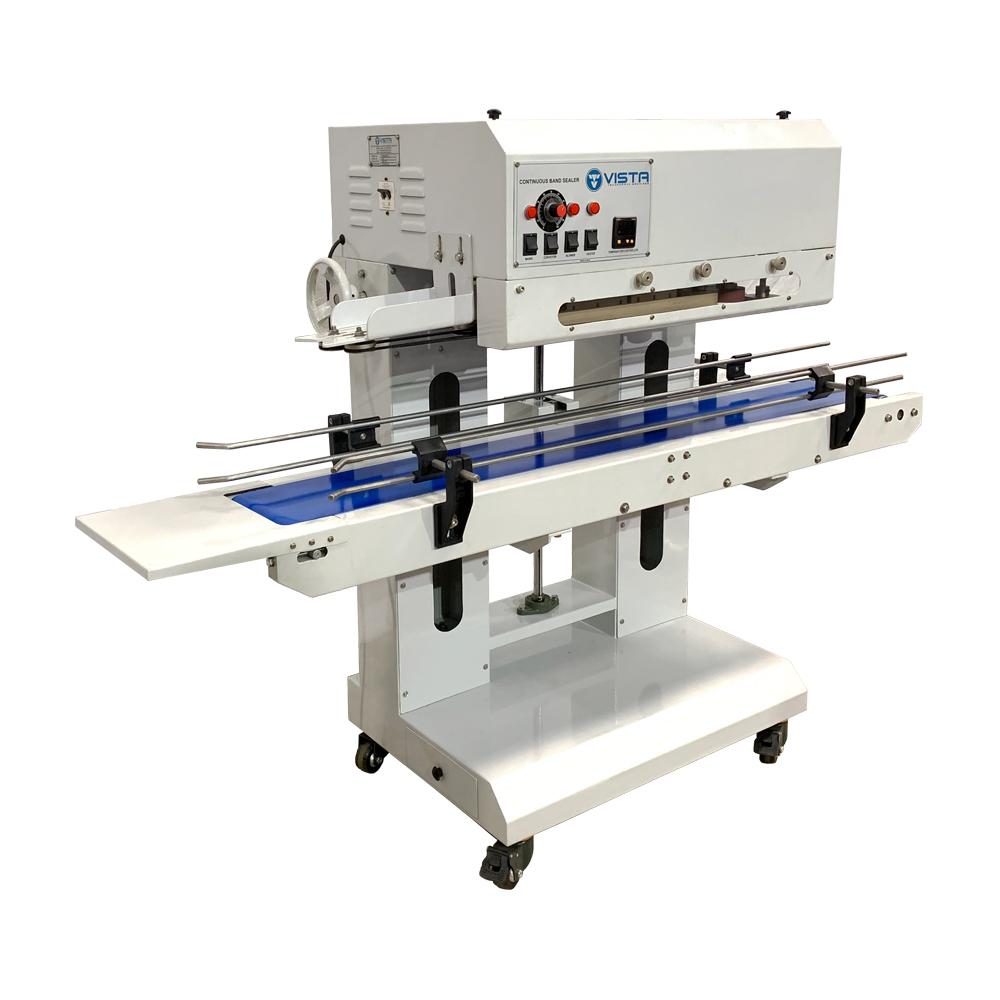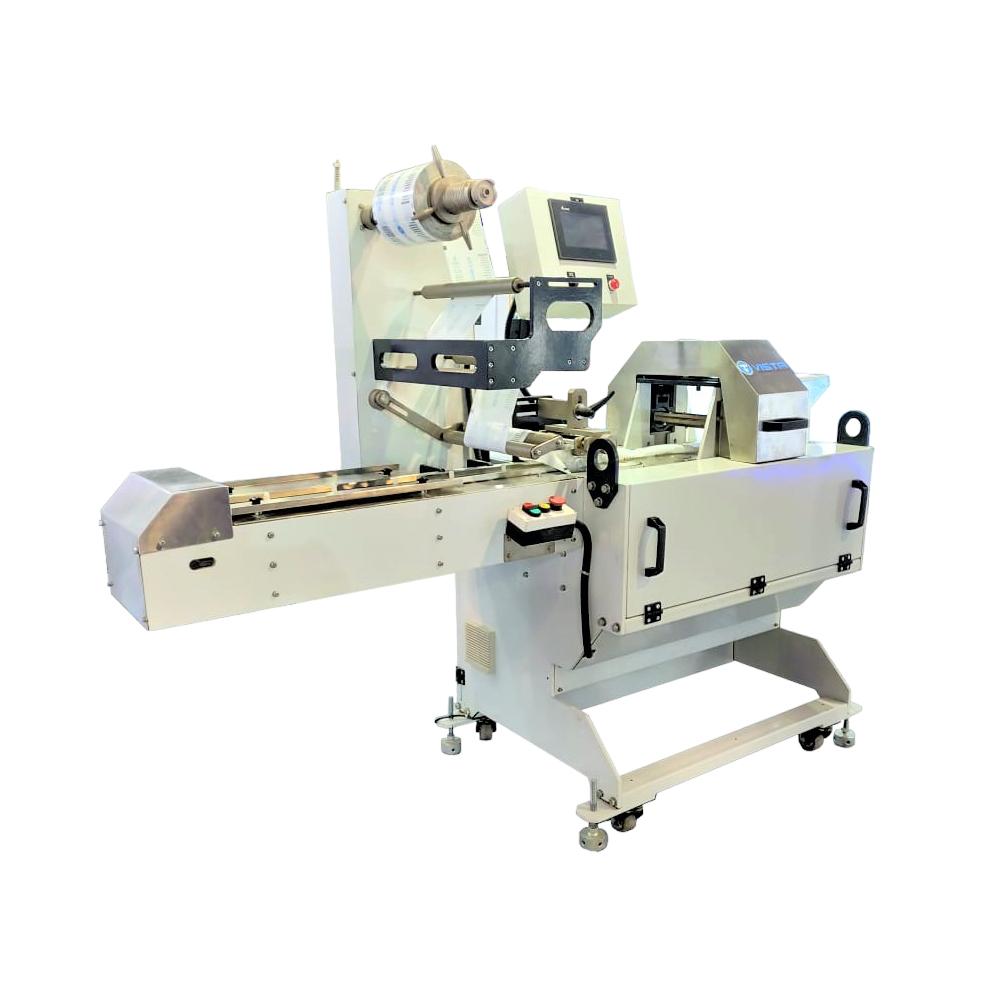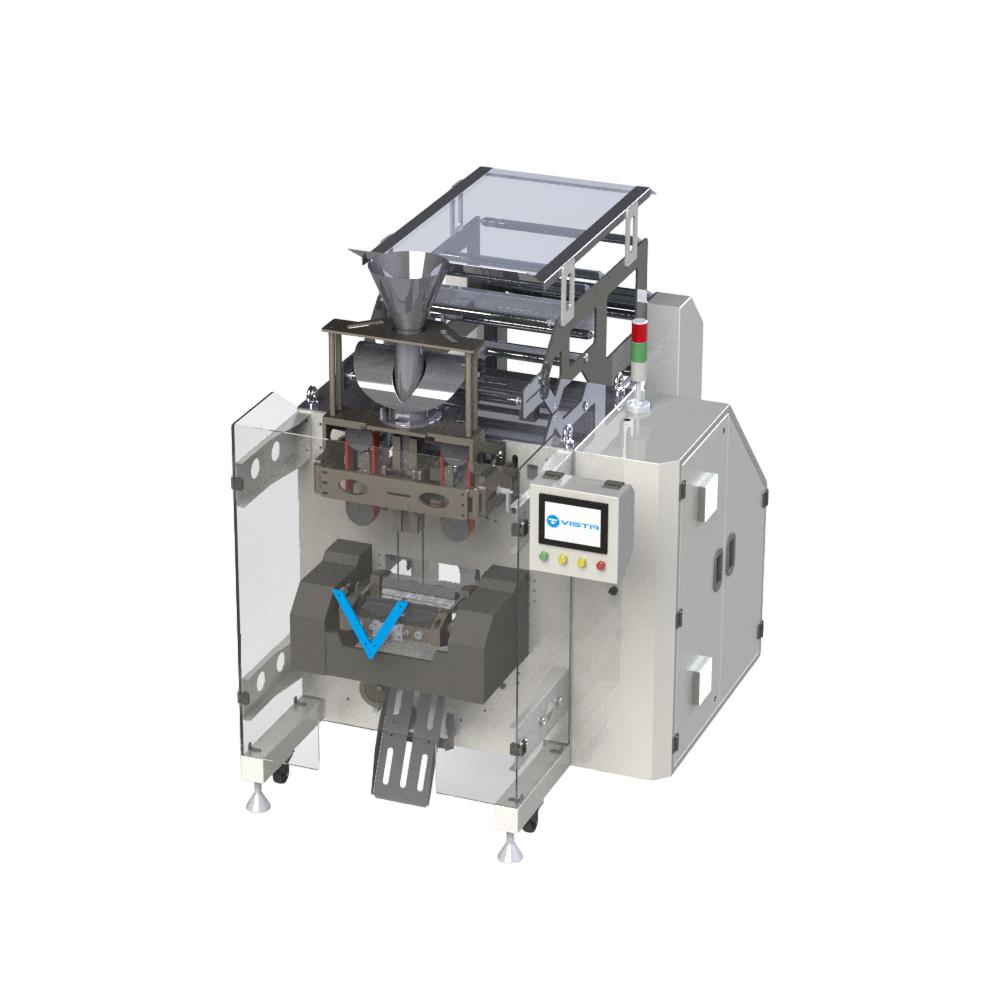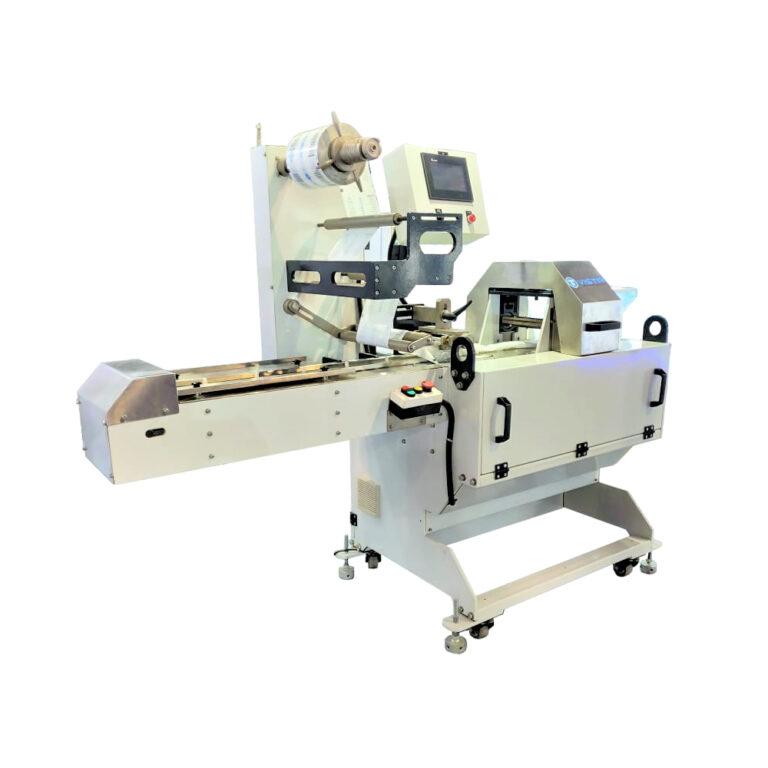Packaging is a crucial aspect of any business that deals with product distribution. Efficient packaging is essential for safe and secure transport of products, increasing their shelf-life, and maintaining the overall quality. Therefore, it’s imperative to invest in the right type of equipment for optimal packaging results. A band sealer machine is a great tool that can provide efficient and consistent sealing for a wide range of products. This guide aims to provide you with everything you need to know about band sealer machines.
Table of Contents
- 1. What is a Band Sealer Machine?
- 2. Types of Band Sealer Machines
- Horizontal Band Sealer
- Vertical Band Sealer
- Continuous Band Sealer
- Heavy-Duty Band Sealer
- 3. How Does a Band Sealer Machine Work?
- 4. Benefits of Using a Band Sealer Machine
- 5. Factors to Consider When Choosing a Band Sealer Machine
- Production Volume
- Sealing Speed
- Seal Width
- Sealing Temperature
- Bag Thickness
- Maintenance and Durability
- 6. Maintenance and Cleaning of a Band Sealer Machine
- 7. Troubleshooting Common Band Sealer Machine Issues
- 8. Frequently Asked Questions (FAQs)
- 9. Conclusion
1. What is a Band Sealer Machine?
A band sealer machine is a packaging equipment that is used to seal bags or pouches in a horizontal or vertical orientation. It uses a heated sealing element to melt the bag’s material and create a strong, airtight seal. The machine is ideal for sealing a variety of materials, including polypropylene, cellophane, foil, and laminates.
2. Types of Band Sealer Machines
Horizontal Band Sealer
A horizontal band sealer machine is designed to seal bags in a horizontal position. It’s ideal for sealing larger bags or pouches, as it allows the product to rest on the conveyor belt while being sealed. This type of band sealer is commonly used in the food industry for sealing products like snacks, cereal, and frozen foods.
Vertical Band Sealer
A vertical band sealer machine is designed to seal bags in a vertical position. It’s ideal for sealing smaller bags or pouches, as it takes up less floor space and is more efficient for small-sized products. This type of band sealer is commonly used in the pharmaceutical industry for sealing small bags of pills or capsules.
Continuous Band Sealer
A continuous band sealer machine is designed to seal bags continuously without stopping. It’s ideal for high-volume production, as it can seal up to 70 bags per minute. This type of band sealer is commonly used in the packaging industry for sealing products like coffee, tea, and pet food.
Heavy-Duty Band Sealer
A heavy-duty band sealer machine is designed for sealing bags or pouches that are made of thick or heavy materials. It’s ideal for sealing bags with a thickness of up to 20 mil. This type of band sealer is commonly used in the chemical industry for sealing bags of chemicals and powders.
3. How Does a Band Sealer Machine Work?
A band sealer machine works by using a heating element to melt the bag’s material and create a strong, airtight seal. The machine has two conveyor belts that move the bag through the sealing process. The bag is placed between the two belts and fed into the machine. As the bag passes through the machine, the heating element melts the bag’s material, and the two belts press the melted material together to create a seal. Once the bag has passed through the machine, it’s sealed and ready for use
4. Benefits of Using a Band Sealer Machine
A band sealer machine offers several benefits for businesses that need efficient and consistent packaging solutions. Here are some of the key advantages of using a band sealer machine:
- Increased Productivity: A band sealer machine can significantly increase productivity by sealing bags or pouches at a faster rate than manual sealing. This results in faster production and increased efficiency.
- Consistency: A band sealer machine provides consistent sealing quality, which ensures that all products are sealed in the same manner. This results in improved product quality and customer satisfaction.
- Airtight Sealing: A band sealer machine creates a strong, airtight seal, which helps to preserve the product’s freshness and extend its shelf life. This is particularly important for food and pharmaceutical products.
- Versatility: A band sealer machine can seal a wide range of materials, including polypropylene, cellophane, foil, and laminates. This makes it a versatile option for businesses that package different types of products.
5. Factors to Consider When Choosing a Band Sealer Machine
Choosing the right band sealer machine for your business requires careful consideration of several factors. Here are some of the key factors to keep in mind when selecting a band sealer machine:
- Production Volume: The production volume is an important factor to consider when selecting a band sealer machine. If you have a high-volume production line, you’ll need a machine that can seal bags quickly and efficiently.
- Sealing Speed: The sealing speed of a band sealer machine is measured in bags per minute. If you have a high-volume production line, you’ll need a machine that can seal bags at a faster rate.
- Seal Width: The seal width is the size of the seal that the machine creates. If you need a wider seal for your products, you’ll need a machine that can accommodate a wider seal width.
- Sealing Temperature: The sealing temperature is the temperature at which the machine seals the bag’s material. If you’re sealing a variety of materials, you’ll need a machine that can adjust the sealing temperature accordingly.
- Bag Thickness: The bag thickness is the thickness of the material that the machine will be sealing. If you’re sealing thick bags or pouches, you’ll need a heavy-duty machine that can handle thicker materials.
- Maintenance and Durability: The maintenance and durability of the machine are important factors to consider when selecting a band sealer machine. You’ll want a machine that is easy to maintain and can withstand regular use.
6. Maintenance and Cleaning of a Band Sealer Machine
To ensure the longevity and optimal performance of your band sealer machine, it’s important to maintain and clean it regularly. Here are some tips for maintaining and cleaning your band sealer machine:
- Clean the sealing belts and conveyor belts regularly to prevent debris build-up.
- Lubricate the moving parts of the machine to reduce friction and prolong the machine’s lifespan.
- Check the sealing element regularly for signs of wear and tear, and replace it if necessary.
- Keep the machine in a dry and clean environment to prevent rust and corrosion.
7. Troubleshooting Common Band Sealer Machine Issues
Like any machinery, band sealer machines can encounter issues that affect their performance. Here are some common issues that you may encounter with your band sealer machine, along with troubleshooting tips:
- Uneven Sealing: If the seal is uneven, it could be due to uneven pressure on the sealing belts. Adjust the pressure on the belts to ensure even sealing.
- Overheating: If the machine overheats, it could be due to a faulty temperature control. Check the temperature control and replace it if necessary
- Uneven Sealing: If the seal is uneven, it could be due to uneven pressure on the sealing belts. Adjust the pressure on the belts to ensure even sealing.
- Overheating: If the machine overheats, it could be due to a faulty temperature control. Check the temperature control and replace it if necessary
- Sealing Failure: If the machine fails to seal the bag, it could be due to a variety of reasons, such as low temperature, worn-out sealing belts, or incorrect sealing settings. Check the machine’s settings and replace any worn-out parts if necessary.
- Jams: If the machine jams, it could be due to a foreign object in the sealing area or a misaligned conveyor belt. Clear the jam and realign the conveyor belt if necessary.
8. Frequently Asked Questions (FAQs)
A. What type of bags can a band sealer machine seal?
A band sealer machine can seal a variety of bags made from different materials such as polypropylene, cellophane, foil, and laminates. These bags are commonly used in the food, pharmaceutical, chemical, and packaging industries for a wide range of products such as snacks, cereal, frozen foods, pills, capsules, chemicals, and pet food.
The type of bag that can be sealed by a band sealer machine will depend on the machine’s make and model, as well as the material of the bag. Some band sealer machines are designed specifically for certain bag types, while others can seal a wider range of bags. It’s important to consider the bag type and material when selecting a band sealer machine to ensure optimal sealing quality and efficiency.
B. How fast can a band sealer machine seal bags?
The sealing speed of a band sealer machine varies depending on the machine’s make and model. Some machines can seal up to 70 bags per minute, while others can seal at a slower rate.
The sealing speed of a band sealer machine is measured in bags per minute and will depend on the machine’s sealing mechanism and the size of the bags being sealed. For high-volume production lines, it’s important to select a band sealer machine that can seal bags quickly and efficiently to increase productivity and reduce downtime.
C. Can a band sealer machine seal bags with a gusset?
Yes, a band sealer machine can seal bags with a gusset, which is a fold in the bag that allows it to expand and hold more volume. The sealing belts on the machine can accommodate the extra material from the gusset and create a strong, airtight seal.
When selecting a band sealer machine for sealing bags with a gusset, it’s important to consider the seal width and the machine’s capacity to handle thicker bags. A wider seal width may be needed to accommodate the extra material from the gusset, and a heavy-duty machine may be required to handle thicker bags.
D. How do I maintain and clean my band sealer machine?
Maintaining and cleaning your band sealer machine regularly is important to ensure its longevity and optimal performance. Here are some tips for maintaining and cleaning your machine:
- Clean the sealing belts and conveyor belts regularly to prevent debris build-up. Use a soft brush or cloth to wipe away any debris or residue.
- Lubricate the moving parts of the machine to reduce friction and prolong the machine’s lifespan. Use a lubricant recommended by the machine’s manufacturer.
- Check the sealing element regularly for signs of wear and tear, and replace it if necessary. A worn-out sealing element can affect the machine’s sealing quality and efficiency.
- Keep the machine in a dry and clean environment to prevent rust and corrosion. Store the machine in a covered area away from moisture and dust.
- Perform routine maintenance tasks recommended by the machine’s manufacturer, such as replacing worn-out parts and tightening loose bolts.
By following these maintenance and cleaning tips, you can ensure the optimal performance and longevity of your band sealer machine.
E. How does a band sealer machine work?
A band sealer machine works by sealing bags or pouches using a heating element and a pair of sealing belts. The machine pulls the bag through the sealing area, where the sealing belts press down on the bag and create a seal. The heating element then heats up the sealing area, melting the material and creating a strong, airtight seal.
Band sealer machines come in different types, including continuous band sealer machines, intermittent band sealer machines, and hot air band sealer machines. Each type of machine operates slightly differently, but they all use a heating element and sealing belts to create a seal.
F. Can a band sealer machine be used to seal liquid products?
Band sealer machines are not recommended for sealing liquid products because the liquid can interfere with the sealing process. The sealing belts may not be able to grip the bag or pouch properly, and the liquid may leak out of the seal. Instead, liquid products are typically packaged in a container with a lid or cap to prevent spillage.
If you need to seal bags or pouches that contain liquid products, you may consider using a different type of machine, such as a form-fill-seal machine or a vertical form-fill-seal machine. These machines can handle liquid products and create a strong, airtight seal.
G. Can a band sealer machine be used to seal bags with a zipper?
Band sealer machines are not recommended for sealing bags with a zipper because the sealing belts may damage the zipper. The pressure from the sealing belts can also cause the zipper to deform or break, resulting in a weak seal.
If you need to seal bags with a zipper, you may consider using a different type of machine, such as a heat sealer or a vacuum sealer. These machines are designed specifically for sealing bags with zippers and can create a strong, airtight seal without damaging the zipper.
H. Can a band sealer machine seal bags with a gusset?
Yes, a band sealer machine can seal bags with a gusset, which is a fold in the bag that allows it to expand and hold more volume. The sealing belts on the machine can accommodate the extra material from the gusset and create a strong, airtight seal.
When selecting a band sealer machine for sealing bags with a gusset, it’s important to consider the seal width and the machine’s capacity to handle thicker bags. A wider seal width may be needed to accommodate the extra material from the gusset, and a heavy-duty machine may be required to handle thicker bags.
I. How do I troubleshoot a band sealer machine that is not sealing properly?
If your band sealer machine is not sealing properly, there are several troubleshooting steps you can take:
- Check the sealing belts for damage or wear and replace them if necessary.
- Check the temperature control and adjust it if needed.
- Check the pressure on the sealing belts and adjust it if needed.
- Check the sealing element for damage or wear and replace it if necessary.
- Clean the sealing area and remove any debris or residue that may be interfering with the seal.
If these troubleshooting steps do not resolve the issue, it may be necessary to contact the manufacturer for further assistance or to have the machine serviced by a professional.
9. Conclusion
A band sealer machine is a great investment for businesses that need efficient and consistent packaging solutions. When choosing a band sealer machine, consider factors such as production volume, sealing speed, and seal width. Regular maintenance and cleaning can help prolong the machine’s lifespan and ensure optimal performance. With the right machine and proper care, you can improve your business’s packaging efficiency and overall product quality.
Categories
Recent Posts
